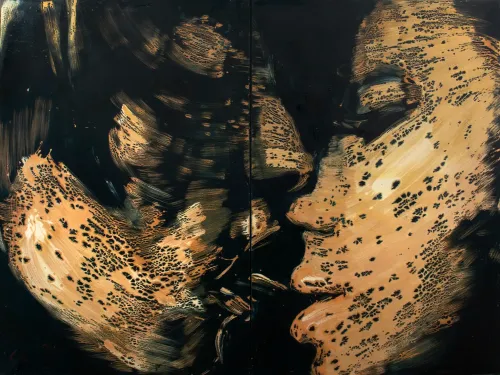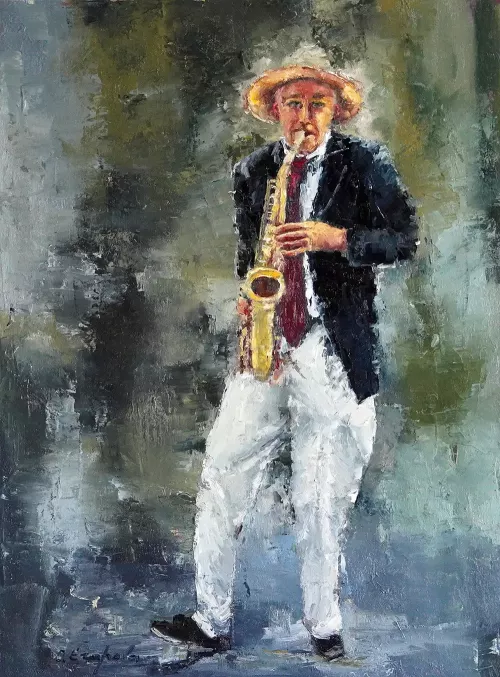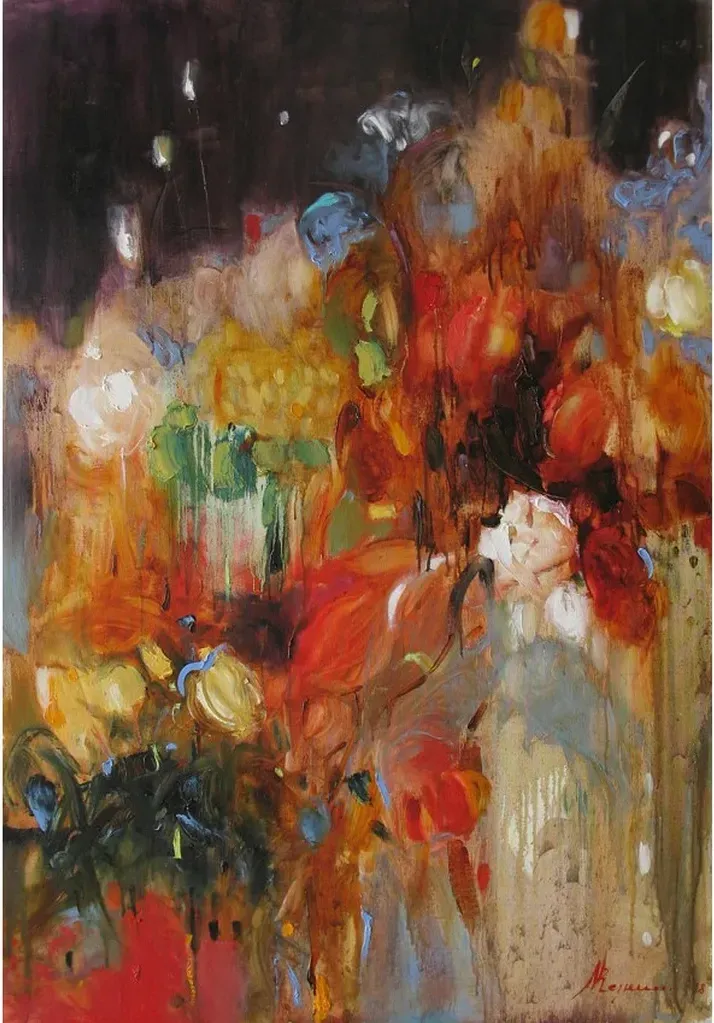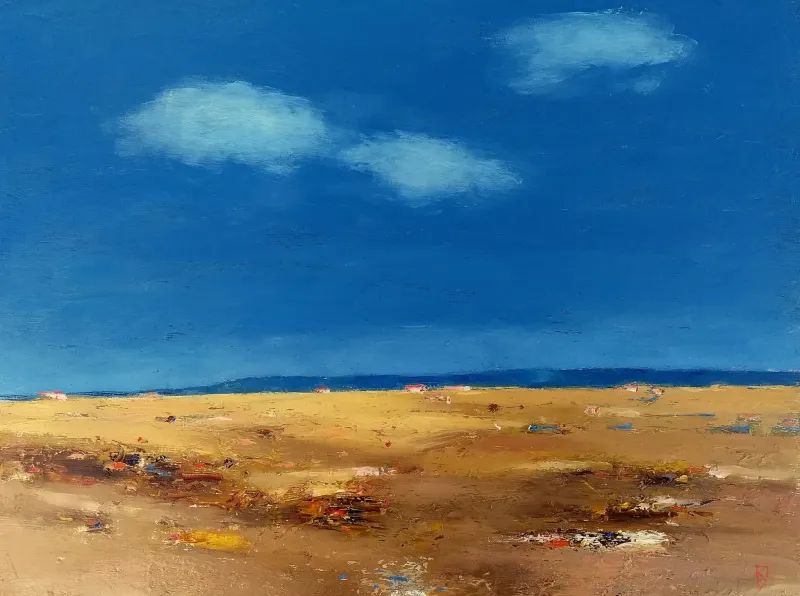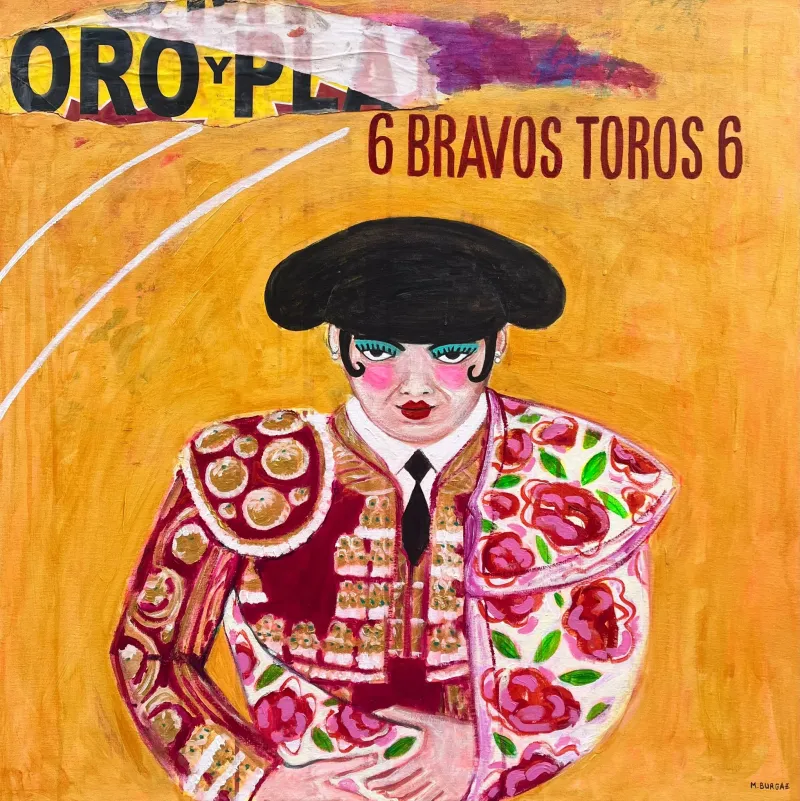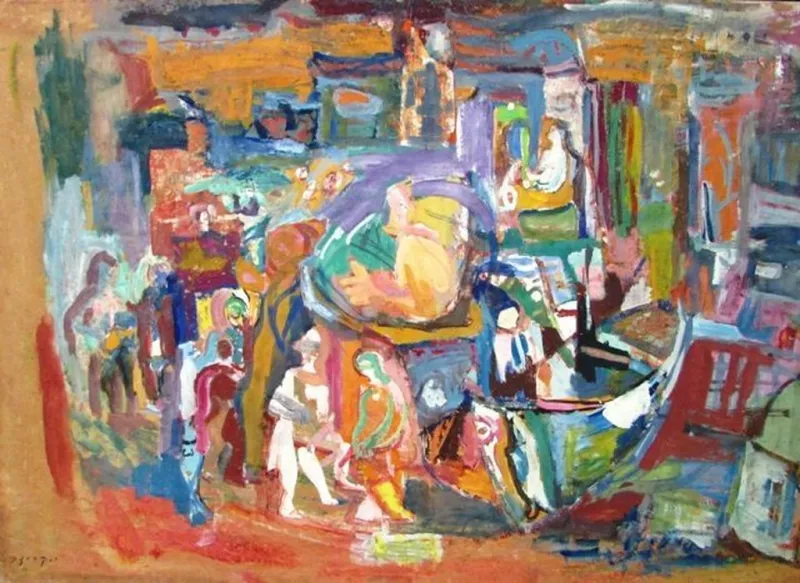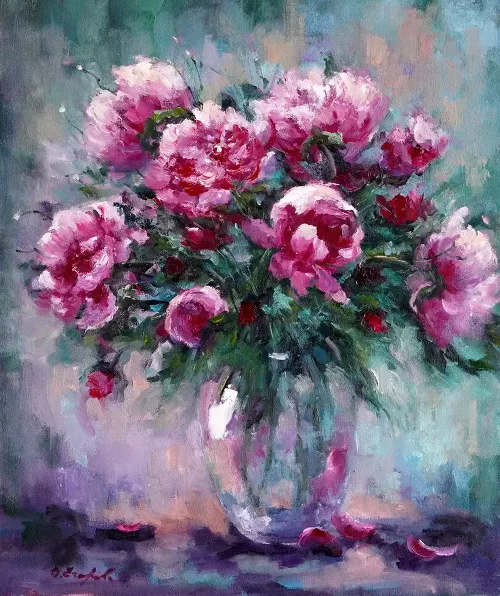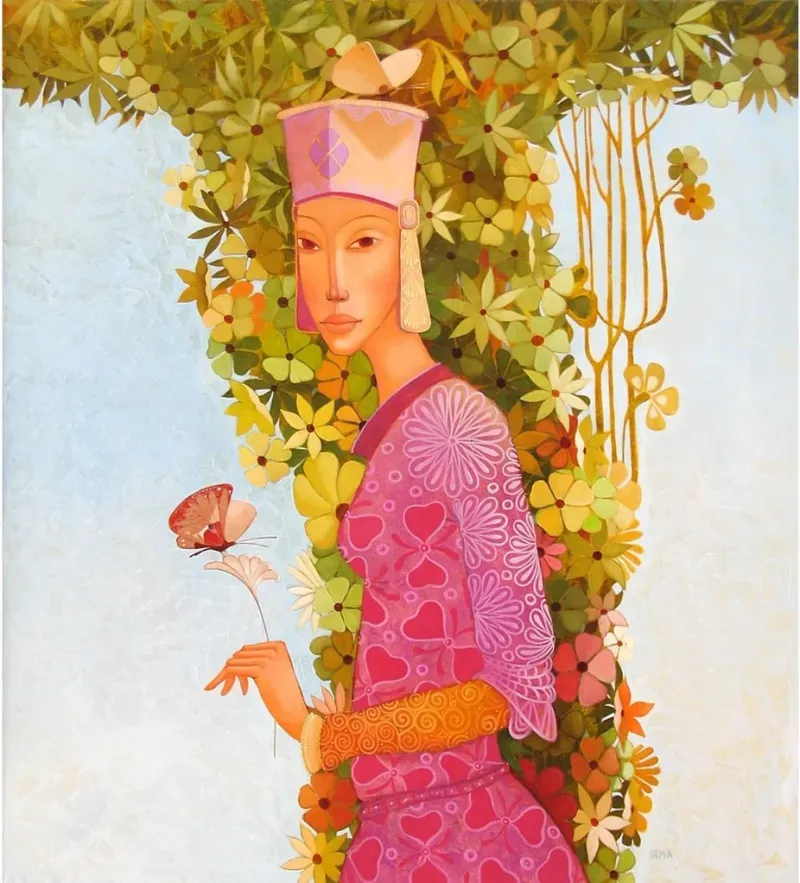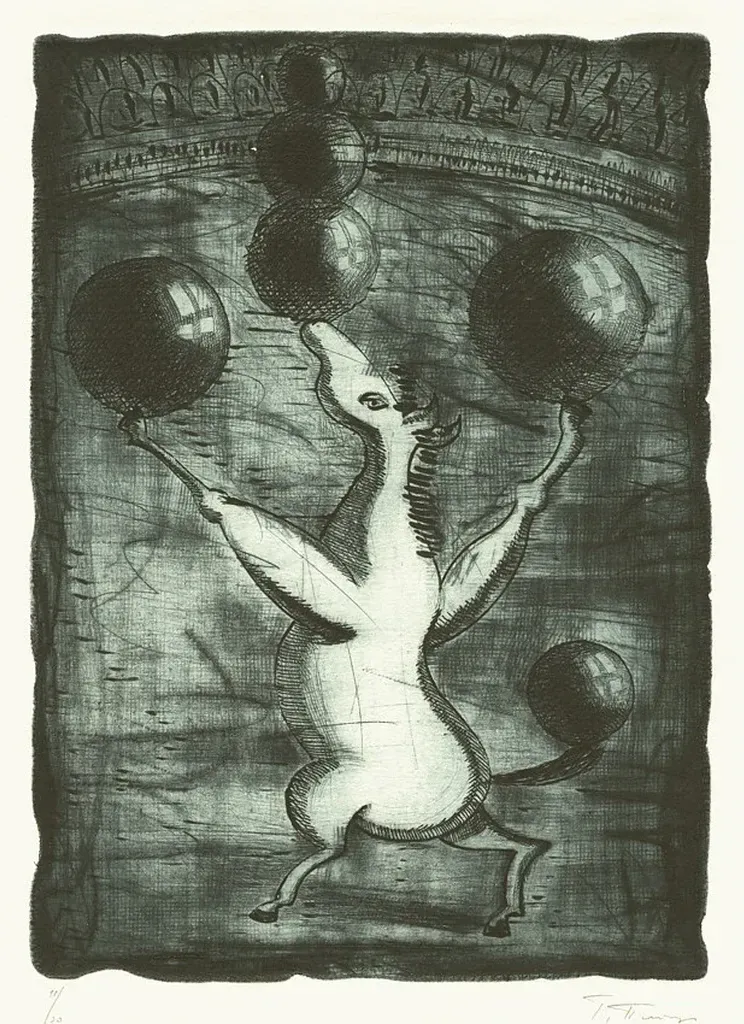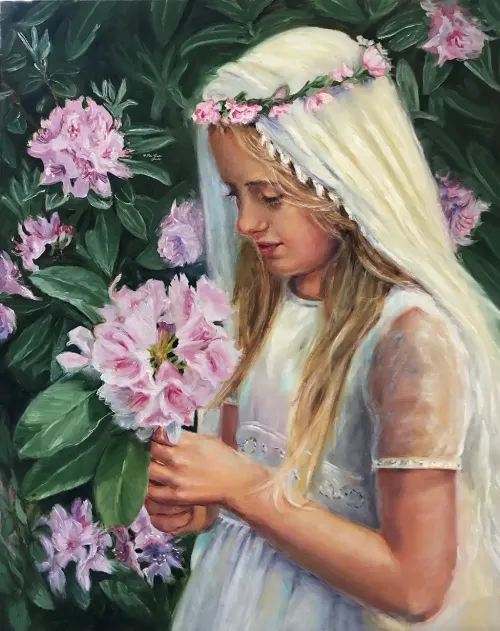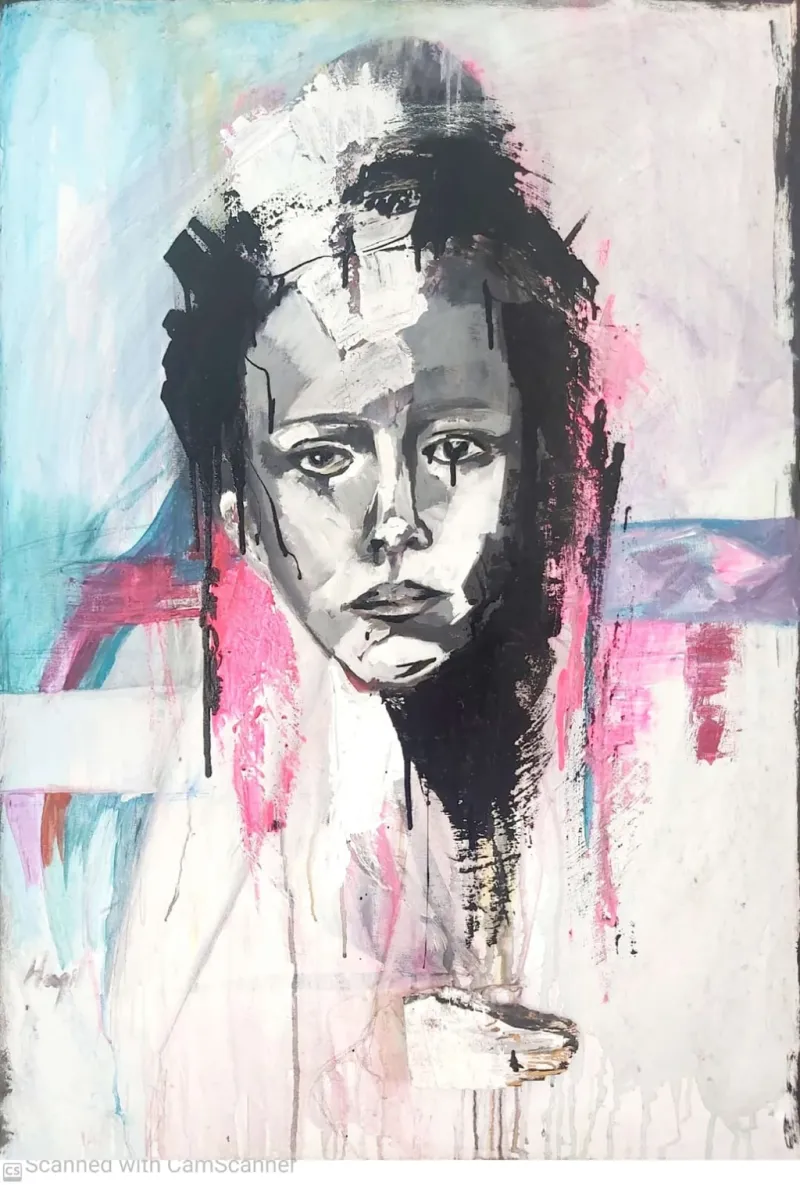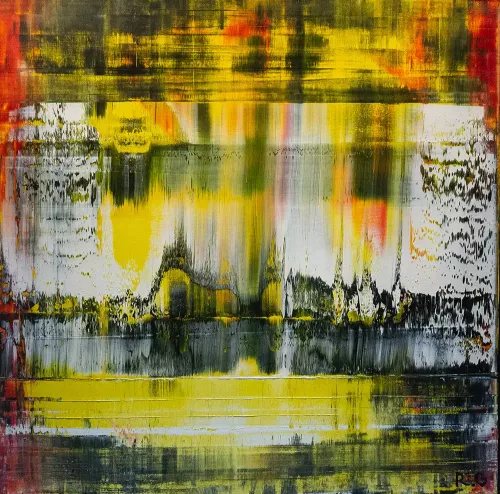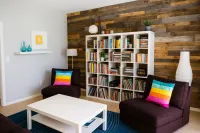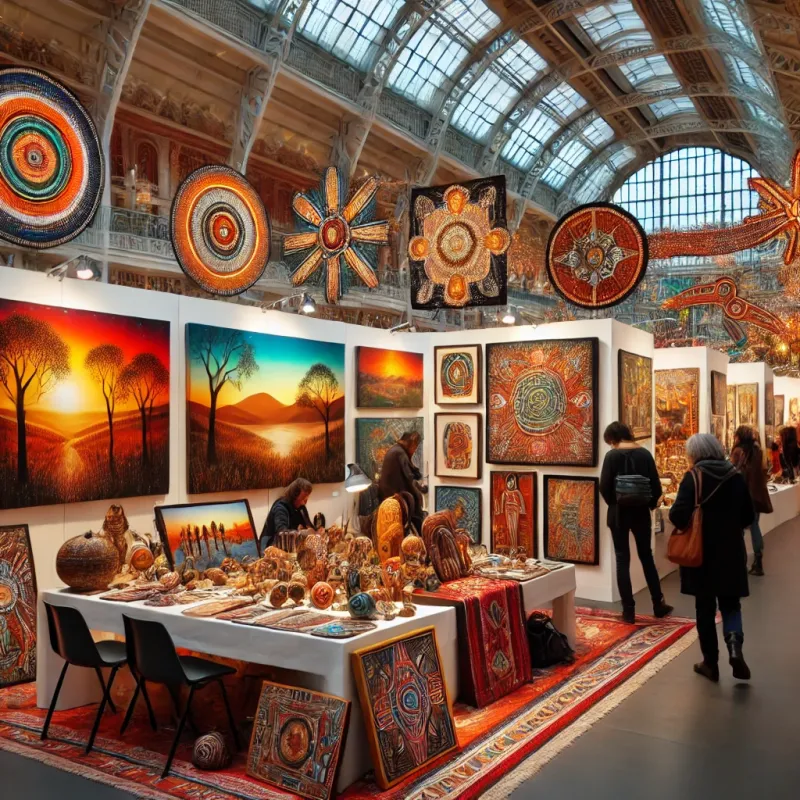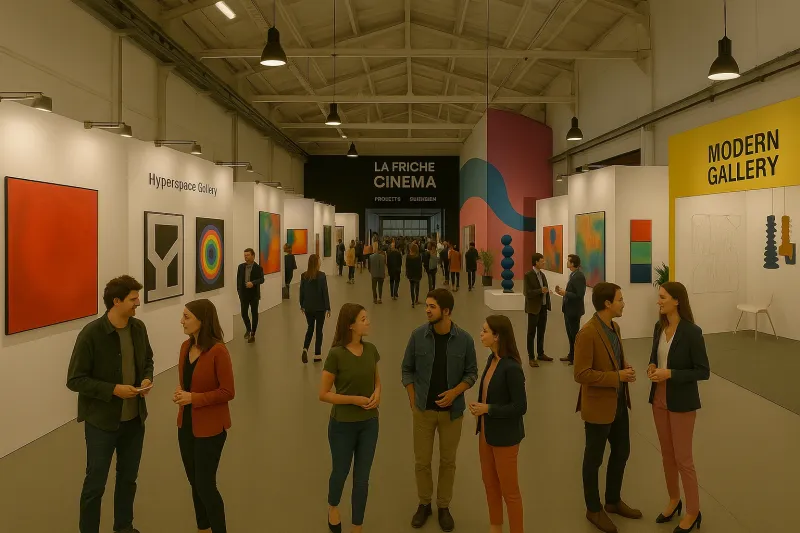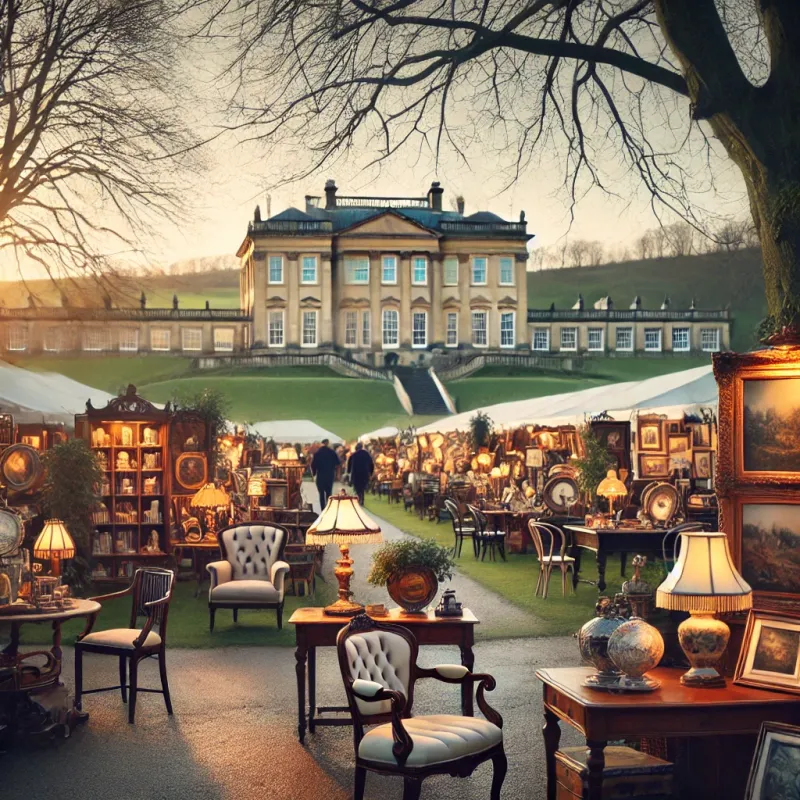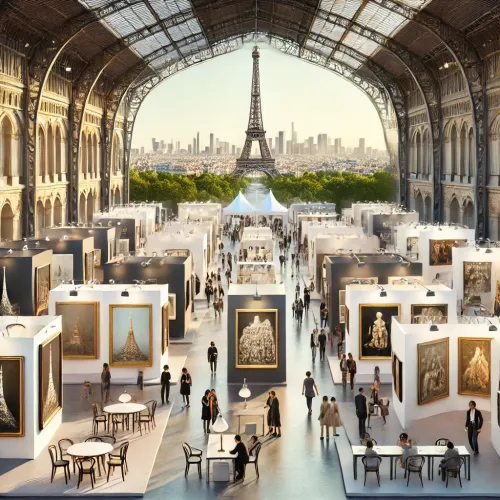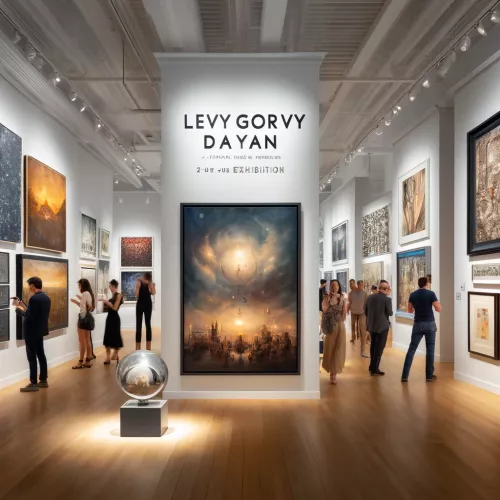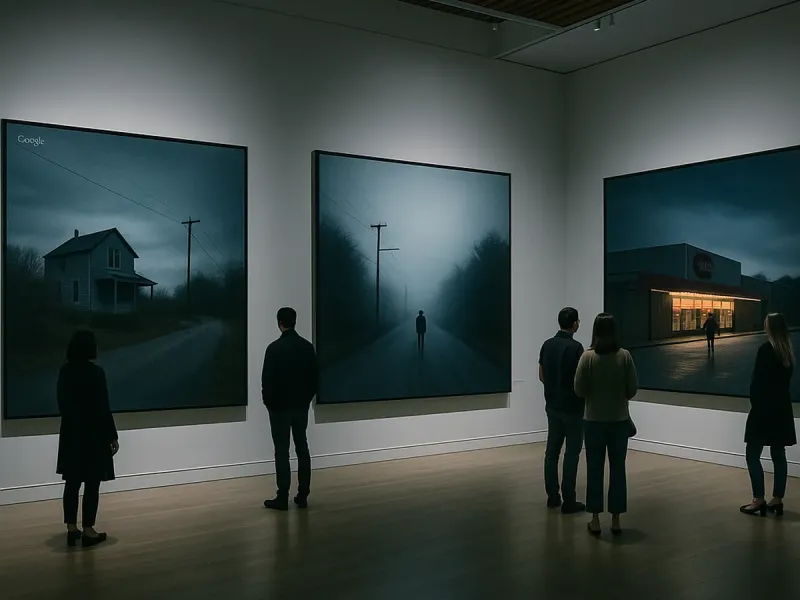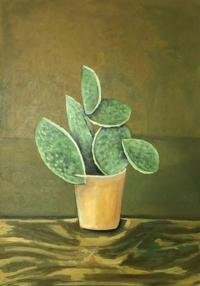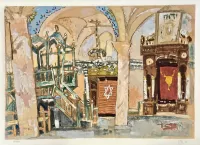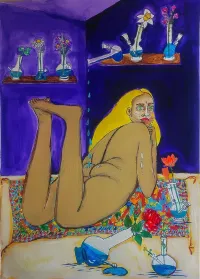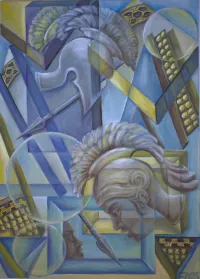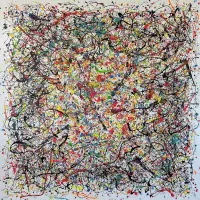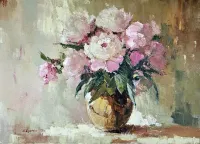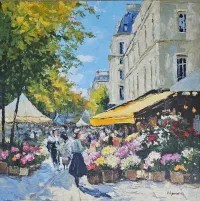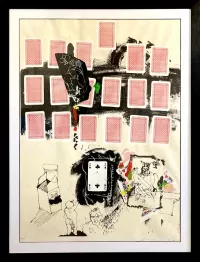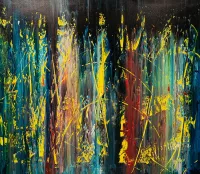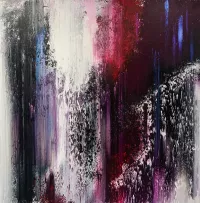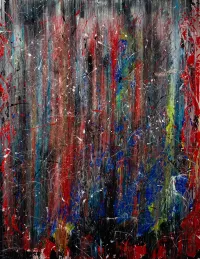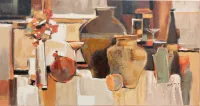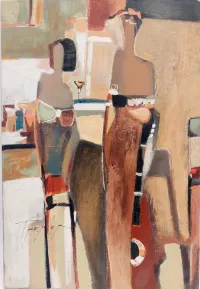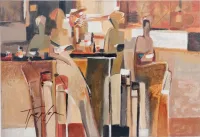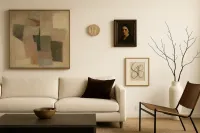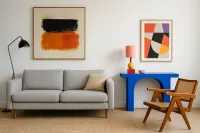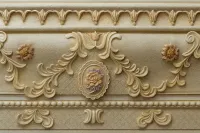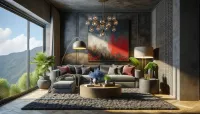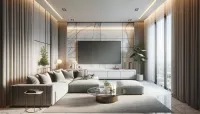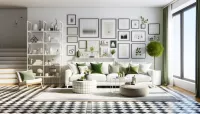Bringing Balance to Interiors with Still Life Paintings
Still-life art offers more than beauty — it creates structure, stillness, and a quiet narrative within a space.
Published:
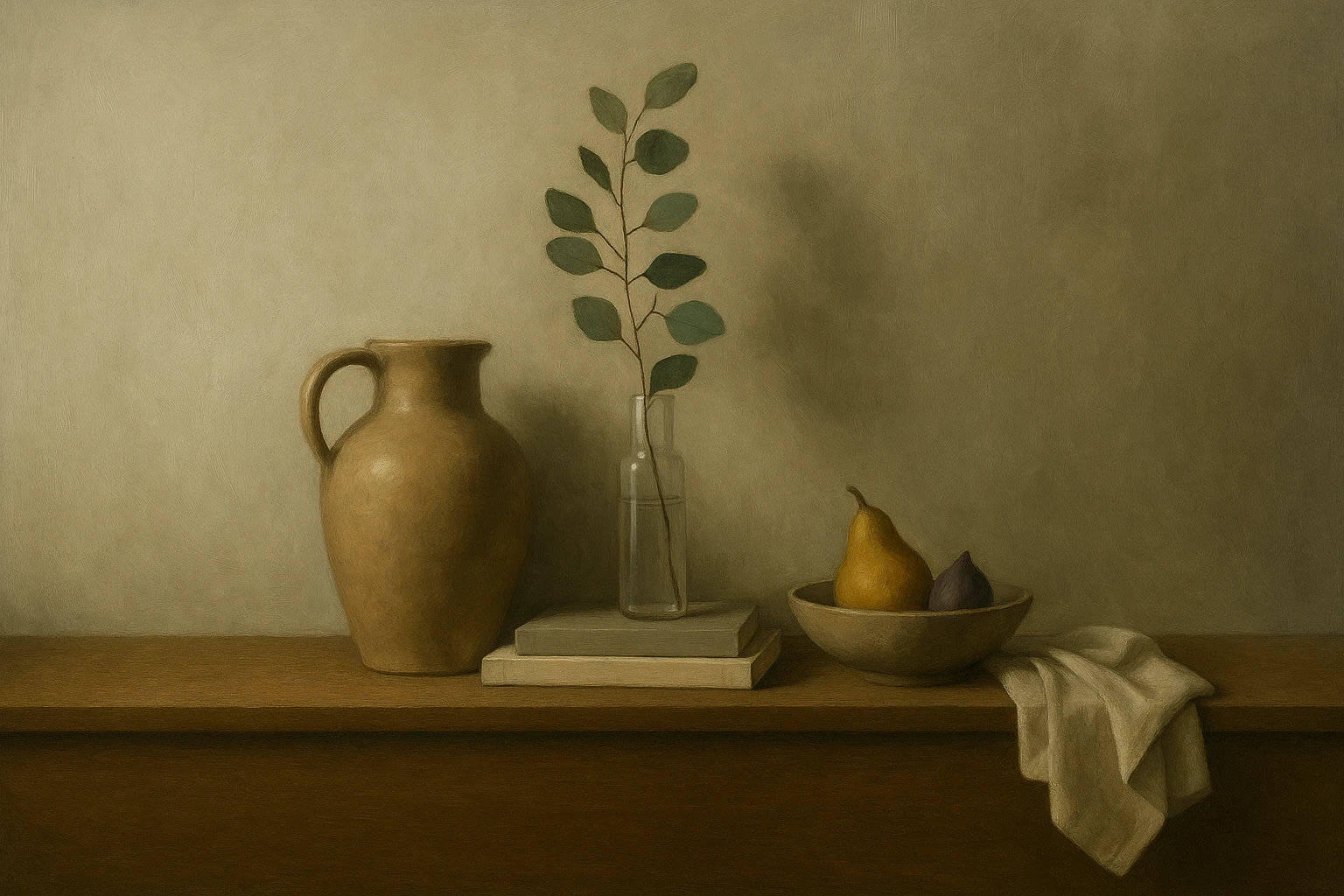 Bringing Balance to Interiors with Still Life Paintings
Bringing Balance to Interiors with Still Life Paintings
In an age of ever-evolving interior styles and fast-paced trends, the timeless charm of a still life composition offers a welcome pause.
These carefully arranged images of objects — whether classic fruits and flowers or more abstract modern elements — have been a staple of art history for centuries. But today, they’re finding fresh relevance as a visual anchor in contemporary interior design.
By choosing the right still life painting, homeowners and designers alike can bring balance, intention, and a quiet sophistication to a space. Still life art speaks in silence, creating mood through subtlety rather than spectacle—an ideal match for both minimalist and maximalist interiors.
Why Still Life Works in Interior Design
The beauty of still life lies in its restraint. In spaces dominated by clutter or minimalism that verges on feeling unfeeling, such still-life work injects a focal point. Its careful architecture and hushed tones can be reminiscent of well-designed rooms, characterized by balance, clarity, and a sense of flow. In contrast to zippy, cacophonous images that compete for attention, still life paintings encourage hushed attentiveness. The contemplative design promotes a sense of calm and is great for meditative spaces, entryways, nooks, and bedrooms.
Unlike bold, chaotic visuals that demand the spotlight, still life paintings invite quiet reflection. Their contemplative nature helps cultivate calm, making them ideal for transitional spaces such as entryways, reading nooks, and bedrooms.
Classic Foundations: The Art of Still Life Composition
Still life revolves around composition — how each item is carefully positioned to direct the viewer’s eye and elicit a feeling. A solid still life composition is a tug-of-war between light and shadow, shape and texture, silence and story.
For interiors, this means artwork that not only complements the room’s palette and style but also reinforces its emotional tone. Whether it's a classical oil painting of ripened fruit or a monochrome arrangement of vessels, the sense of intention within the piece resonates with a room that has been carefully designed.
Modern Takes on a Historic Genre
Though we might instinctively conjure images of old, dusty floral arrangements or golden-age oil paintings, artists of today are reanimating the genre. Today, still life painting is often worked in with digital textures, non-traditional materials, and muted, contemporary palettes.
These contemporary versions work well with clean modern interiors, introducing personality without dominating the room. That minimalist space, for example, might look lovely with a canvas covered in abstract shapes placed in a still life composition — a hint of the traditional, but with a modern, tailored update.
Vanitas Still Life: Art with Meaning Beneath the Surface
Vanitas art is not morbid at all; instead, it can give modern spaces a deeper level of significance. Vanitas still life is among the most fascinating types of still life, whose genre is rooted in philosophy and symbolism. Initially filled with items such as skulls, hourglasses, and withering flowers, they serve as a reminder of the transcience of life and passing of time.
Scattered in intimate spaces — libraries, dining rooms, or contemplative corners — the works encourage a pause for thought. They are quiet companions in rooms intended for reflection, special to behold and rich with added depth.
Placing Still Life Art in the Home
Still life is surprisingly versatile. A soft, botanical still life can add warmth to a kitchen wall. A structured, monochrome piece may lend calm to a busy hallway. In a neutral-toned living room, a vibrant still life painting can provide just enough contrast to catch the eye without overwhelming the space.
The key lies in placement and proportion—still life artworks are most effective where calmness, symmetry, and intentionality are already present, or desired. When thoughtfully integrated, it becomes more than decoration; it becomes part of the room’s language.
Incorporating still life into interior design is about more than adding art to a wall — it’s about anchoring a space with grace and meaning. Whether you’re drawn to modern abstraction, historical references, or the symbolic depth of vanitas still life, there’s a version of this classic genre that can elevate your space. With a strong still life composition as your guide, even the quietest corners of your home can speak volumes.


